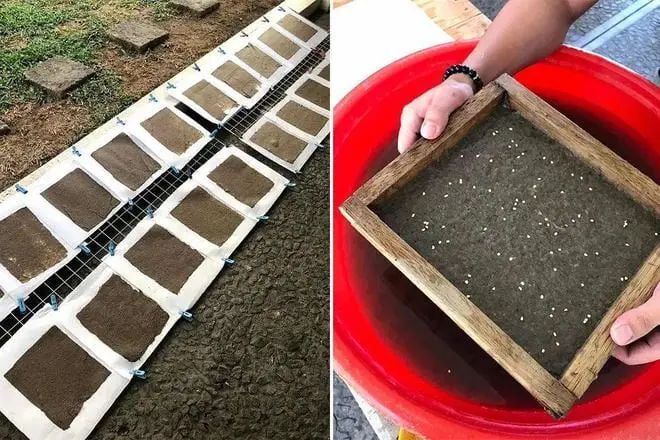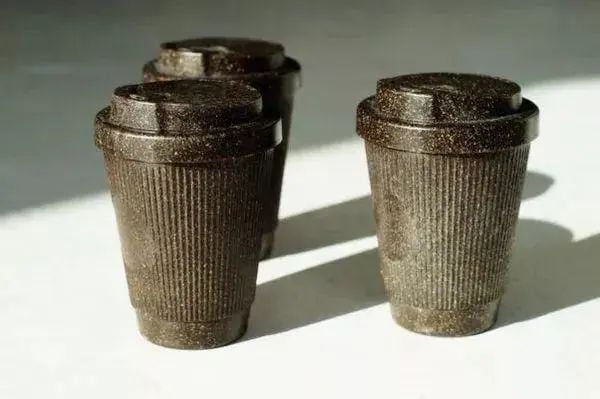Banana leaves made of environmentally friendly tableware, the Thais can do the best in sustainable packaging.
As the most natural biodegradable material, many Thai desserts are wrapped with banana leaves or banana leaves on the outside. The rich green color not only makes the dessert look more attractive, but also adds a touch of aroma. Many supermarkets have also begun to use leaves to package vegetables, greatly reducing the use of plastic bags, convenient and environmentally friendly. tableware at the 2019 ASEAN Summit also chose to use banana leaves compressed into plates and bowls, the concept of environmental protection has been widely acclaimed.
Pineapple leaves
Designers of eco-friendly packaging designed to interact with designs that allow a deeper understanding of seeds and plants, rather than throwing away the packaging!

The plantable nature of the design ensures that its life will not end immediately after consumption again. Its uses change before, during and after use - an idea that combines circular economy with sustainable design. Each seed is rigorously selected and these seeds can be seamlessly embedded into the pine cone body material.
The outer packaging, a special paper made from discarded pineapple leaves, is the result of an initiative launched by the Philippine Design Center to promote local communities and resources, especially because the Philippines is one of the world's largest producers of pineapple fruit. The design helps eliminate unnecessary waste and encourages locals to actively contribute to the conservation of Philippine flora.
Coffee cups made from coffee grounds

German companies design and manufacture a variety of eco-friendly coffee cups, and their latest masterpiece is a take-away cup made from discarded coffee grounds.
Whether at home, at the office, or on the go, many people enjoy a nice cup of coffee in the morning or evening.
But what to do with the coffee grounds after brewing the coffee? Furthermore, according to the International Coffee Organization, about 600 billion paper and plastic cups are used and discarded worldwide each year, making this a compelling environmental issue.
To develop this material, he collected coffee grounds from all the local cafes in Berlin, dried them and mixed them with biopolymers, starch, cellulose, wood, natural resins, waxes and oils. The resulting composite has several advantages: it is biodegradable, lightweight, and has the taste of coffee and the appearance of dark wood.
In 2015, Kaffeeform launched their first product, an espresso cup, followed by a cappuccino cup in 2016. In 2018, they went on to design and manufacture the Weducer mug, which can be used as an alternative to paper cups.

